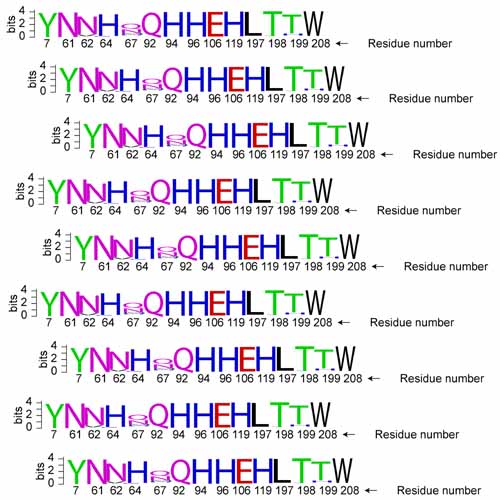Fast Microsecond Dynamics of the Protein–Water Network in the Active Site of Human Carbonic Anhydrase II Studied by Solid-State NMR Spectroscopy
2019-10-24
Himanshu Singh, Suresh K. Vasa, Harish Jangra, Petra Rovó, Christoph Päslack, Chadan K. Das, Hendrik Zipse, Lars V. Schäfer und Rasmus Linser
J. Am. Chem. Soc., 2019, 141, 49, 19276–19288
Protein–water interactions have widespread effects on protein structure and dynamics. As such, the function of many biomacromolecules can be directly related to the presence and exchange of water molecules. While the presence of structural water sites can be easily detected by X-ray crystallography, the dynamics within functional water–protein network architectures is largely elusive. Here we use solid-state NMR relaxation dispersion measurements with a focus on those active-site residues in the enzyme human carbonic anhydrase II (hCAII) that constitute the evolutionarily conserved water pocket, key for CAs’ enzymatic catalysis. Together with chemical shifts, peak broadening, and results of molecular dynamics (MD) and DFT shift calculations, the relaxation dispersion data suggest the presence of a widespread fast μs-time-scale dynamics in the pocket throughout the protein–water network. This process is abrogated in the presence of an inhibitor which partially disrupts the network. The time scale of the protein–water pocket motion coincides both with the estimated residence time of Zn-bound water/OH– in the pocket showing the longest lifetimes in earlier magnetic relaxation dispersion experiments as well as with the rate-limiting step of catalytic turnover. As such, the reorganization of the water pocket:enzyme architecture might constitute an element of importance for enzymatic activity of this and possibly other proteins.








